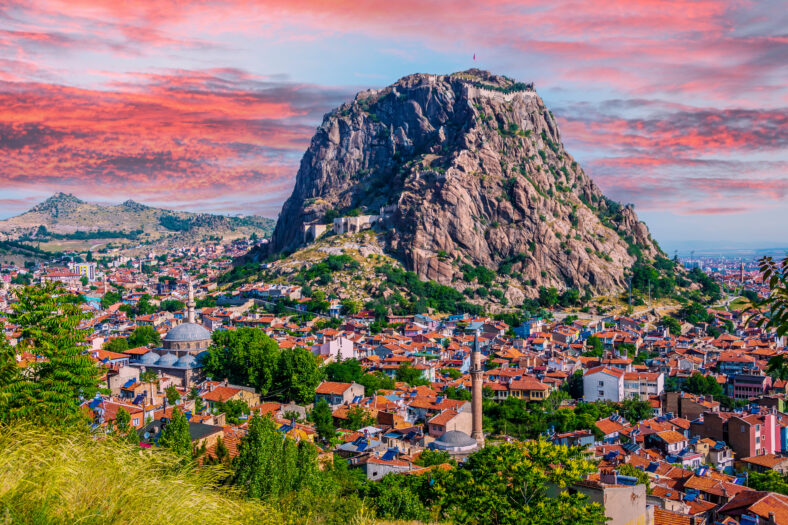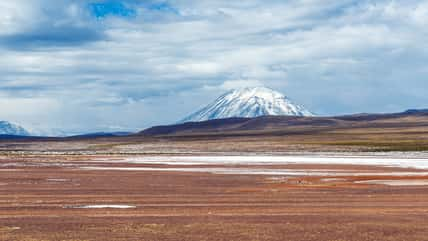A Mysterious Inscription On This Goddess Monument Has Finally Been Deciphered

On an ancient monument dedicated to a “mother goddess,” there is a mysterious inscription and it has finally been deciphered. The inscription is on the Arslan Kaya (Lion Rock) monument.
The volcanic rock is located in the Phrygian Highlands between Seyit Gazi and Afyonkarahisar in central western Turkey.
Arslan Kaya is a lone structure about 52 feet tall. Its face is carved with a doorway and gabled roof. It is one of eight similar building facades carved among rock in the Phrygian Highlands.
They are associated with the ancient Phrygian culture and are believed to represent temples or shrines of Matar, the mother goddess.
The Phrygians were an ancient Indo-European group. During the early first millennium B.C., they lived in central Anatolia, which is now modern-day Turkey. They are known for their rich culture and the popular legend of King Midas.
“The Phrygian Mother is considered to be a powerful goddess ruling the natural world,” said Mark Munn, a co-author of the study and a professor of ancient Greek history and archaeology at Pennsylvania State University.
In general, experts date the Phrygian goddess monuments to between 700 B.C. and 550 B.C. However, Munn thinks that most of them, including the Arslan Kaya, date back to 600 to 550 B.C.
The Arslan Kaya contains an engraved image of the Phrygian mother goddess standing in the doorway with two lions at her sides. Above the doorway, there are figures of sphinxes and a huge lion carved on the side of the rock.
Over time, these features have worn down from exposure to the weather. In recent years, they have suffered extensive damage from treasure seekers.

Sign up for Chip Chick’s newsletter and get stories like this delivered to your inbox.
They blasted a section of the monument’s doorway frame and face with dynamite and completely obliterated the image of the goddess.
In addition, the monument features inscriptions in the Phrygian language. Only part of it is understood today. The monument was first described in the 1880s. Even back then, the inscription above the doorway was badly worn.
Still, some scholars at the time thought they could read the word “Materan,” the name of the Phrygian goddess. Other scholars were uncertain and concluded that the inscription was illegible.
Several years ago, Munn visited the monuments of the Phrygian Highlands. This year, he visited the Arslan Kaya for the first time.
“Visiting Arslan Kaya in April of this year, in morning light when the sun is shining across the face of Arslan Kaya, I was able to see traces of the letters of the Phrygian inscription [W-03]. If the light is not right, these traces cannot be distinguished from cracks in the rock,” said Munn.
He took photographs and compared them to photographs from the 1890s and 1950s, confirming that the name Materan could be read.
A few other letters can be read as well. The word Materan seems to be the object of a phrase or sentence that follows a verb.
Overall, the details on the monument confirm that the monument dates back to the first half or middle of the 6th century B.C.
More About:News





